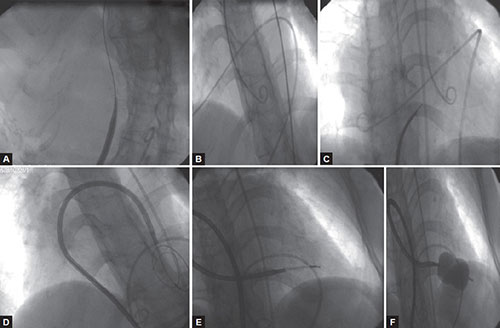
Balloon Mitral Valvuloplasty (BMV): Procedure, Indications, and Outcomes
Balloon mitral valvuloplasty (BMV), also known as percutaneous mitral balloon valvotomy (PMBV), is a minimally invasive procedure used to treat mitral valve stenosis. Mitral valve stenosis is a condition where the mitral valve, which lies between the left atrium and left ventricle of the heart, becomes narrowed, restricting blood flow.
Indications for BMV
BMV is typically indicated for patients with symptomatic mitral stenosis who meet specific criteria:
- Severe mitral stenosis (mitral valve area <1.5 cm²).
- Symptoms such as shortness of breath, fatigue, or palpitations.
- Favorable valve anatomy (no or minimal calcification, pliable leaflets, and little to no mitral regurgitation).
- Patients who are not suitable candidates for surgical valve repair or replacement.
Procedure
- Pre-procedure Assessment:
- Echocardiography: To evaluate the severity of stenosis, valve anatomy, and the presence of other cardiac conditions.
- Cardiac catheterization: Sometimes performed to assess hemodynamics and coronary anatomy.
- Procedure:
- The procedure is usually performed under local anesthesia with sedation.
- A catheter is inserted through the femoral vein and advanced into the left atrium via a transseptal puncture.
- A balloon-tipped catheter is then guided across the stenotic mitral valve.
- The balloon is inflated in a controlled manner to split the fused commissures of the mitral valve, thereby increasing the valve area and improving blood flow.
- Post-procedure:
- Patients are monitored in a recovery area or an intensive care unit.
- Follow-up echocardiography is performed to assess the success of the procedure and to check for complications such as mitral regurgitation.
Advantages of BMV
- Minimally Invasive: Compared to surgical options, BMV is less invasive, requiring no open-heart surgery.
- Shorter Recovery Time: Patients typically experience a shorter hospital stay and quicker recovery.
- Symptom Relief: Effective in relieving symptoms and improving quality of life in patients with suitable valve anatomy.
Risks and Complications
While BMV is generally safe, potential risks and complications include:
- Mitral regurgitation: Increased leakage through the mitral valve.
- Cardiac perforation or tamponade: Rare but serious complications where the heart muscle or sac around the heart is damaged.
- Stroke or embolism: Caused by dislodgement of thrombi during the procedure.
- Arrhythmias: Abnormal heart rhythms can occur.
Long-term Outcomes
Long-term success of BMV depends on the initial valve anatomy, the extent of the disease, and the presence of other cardiac conditions. Regular follow-up with a cardiologist and periodic echocardiograms are essential to monitor valve function and detect any recurrence of stenosis or other complications.
In summary, BMV is a valuable procedure for the treatment of mitral stenosis in carefully selected patients, providing symptom relief and improved quality of life with a minimally invasive approach.